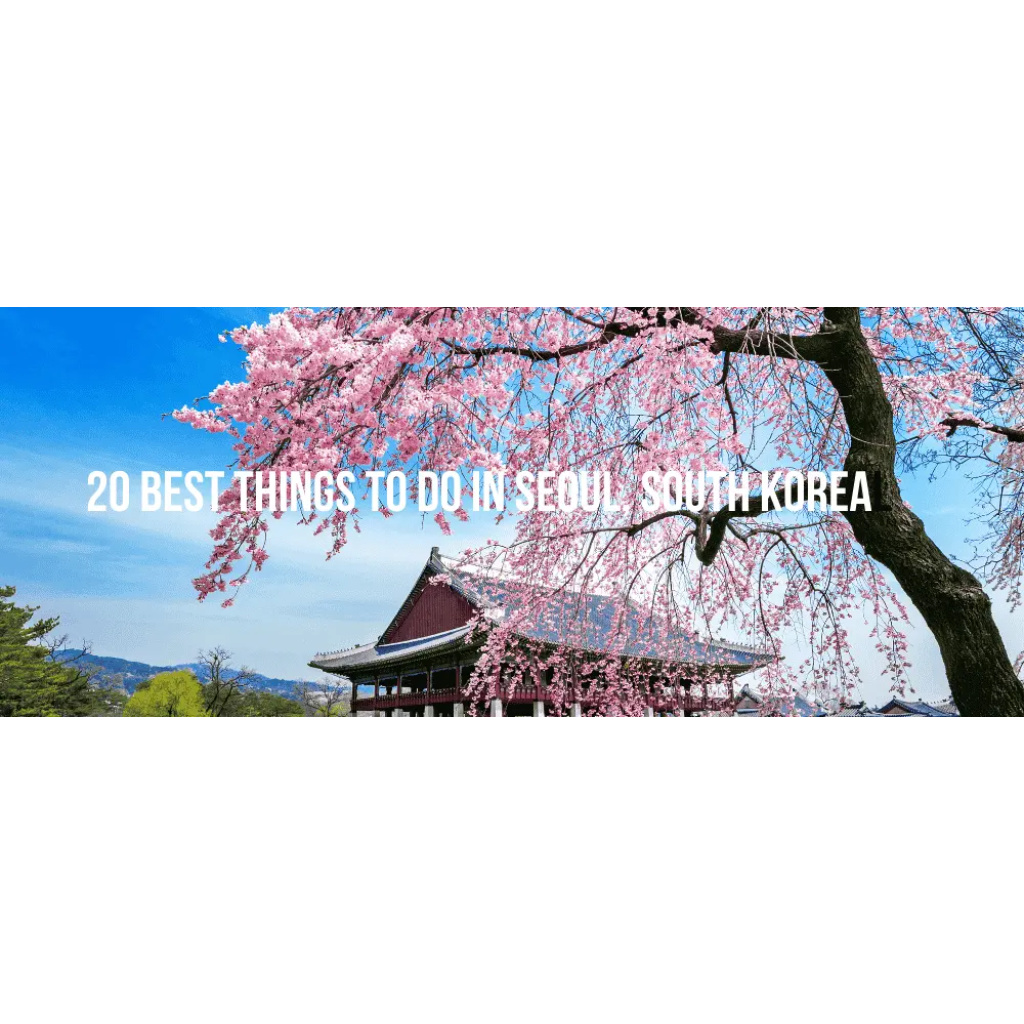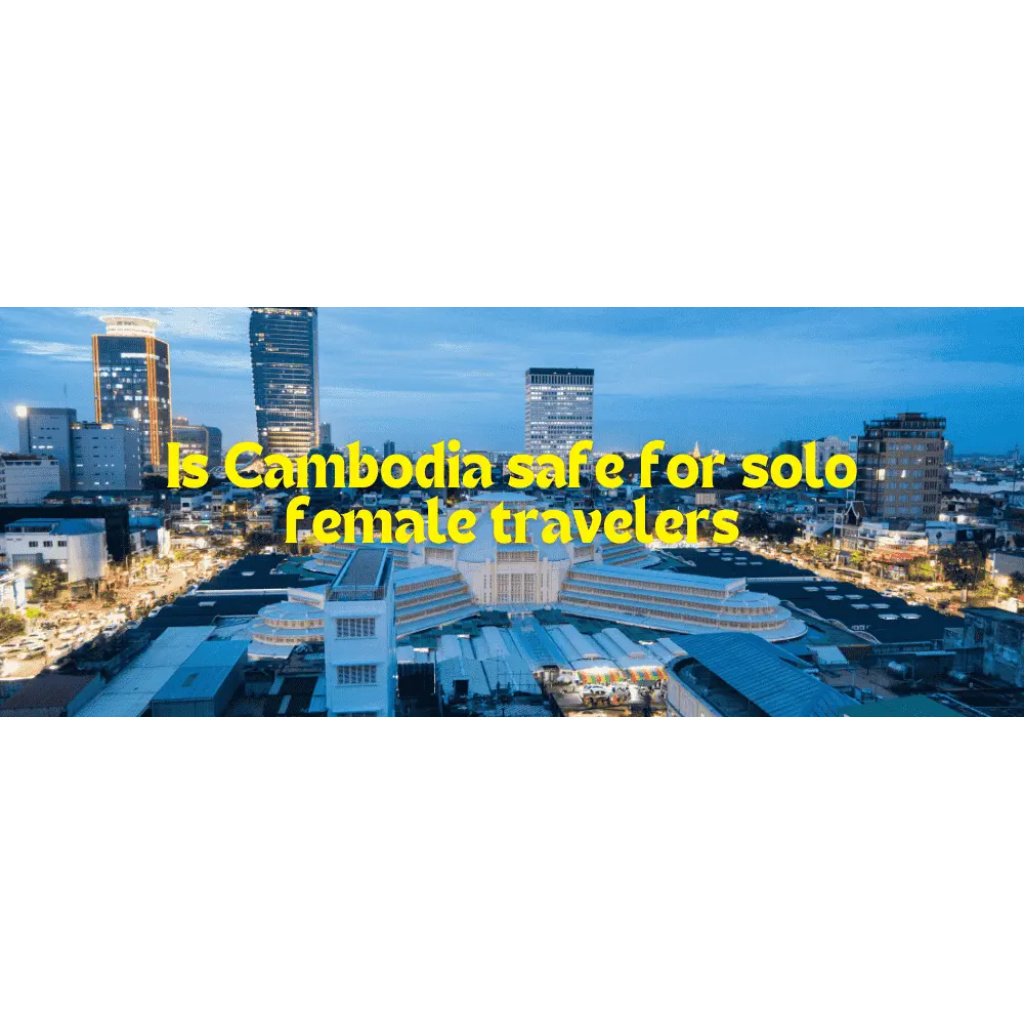20 Best Things to Do in Kyoto Japan
Whether you’re visiting for a short time or staying longer, you wanna explore the best things to do in Kyoto Japan, including famous sights and lesser-known treasures, this list will help you enjoy your time in this charming city. Kyoto is a city where tradition and modern life come together, showcasing Japan’s rich culture. With its beautiful temples, lively geisha culture, and peaceful gardens, Kyoto attracts every traveler. For those who love to explore, Kyoto offers an unforgettable experience. Kinkaku-ji (Golden Pavilion) You can’t visit Kyoto without seeing Kinkaku-ji, the Golden Pavilion. This Zen Buddhist temple is a beautiful building covered in gold leaf that shines in the sun. It sits by a calm pond, and its reflection creates a stunning view that many photographers love. Kinkaku-ji was built in the 14th century as a retirement villa for shogun Ashikaga Yoshimitsu and later became a temple. Its beauty comes not just from the building but also from the peaceful gardens around it. As you walk through the grounds, you’ll find carefully tended gardens that provide a quiet escape from the busy city. Many visitors enjoy watching the light and shadows on the temple, making it a great place for photos. Whether you love architecture or just want a peaceful spot, Kinkaku-ji is a must-see in Kyoto. Also Read: 20 Best Things To Do in Seoul Fushimi Inari Shrine Fushimi Inari Shrine is a perfect spot for those who love spirituality and nature. It is famous for its thousands of red torii gates that lead up Mount Inari, making it one of Japan’s top attractions. Each gate is donated by people or businesses and has the donor’s name on it, adding to the shrine’s cultural importance. Hiking through the torii gates is both a spiritual and physical journey. As you climb the mountain, you’ll see smaller shrines and beautiful views of Kyoto. The hike can take a few hours, but many visitors only explore part of the trail to enjoy the beauty and peace around them. Fushimi Inari Shrine is open year-round and looks different in each season. In spring, cherry blossoms bloom, while autumn showcases bright red and gold leaves. No matter when you go, Fushimi Inari Shrine offers a memorable experience that stays with you. Arashiyama Bamboo Grove Imagine walking through a forest of tall bamboo stalks, with sunlight shining through the leaves. This is the Arashiyama Bamboo Grove, a magical place that feels like another world. Located in the Arashiyama district, this bamboo forest is one of Kyoto’s most photographed spots, captivating visitors with its beauty. The best times to visit are early in the morning or late in the afternoon when there are fewer people and the light is great for photos. As you walk along the path, you’ll hear the soft rustle of bamboo leaves and the cheerful chirping of birds, creating a calm and peaceful atmosphere. Beyond the bamboo grove, the Arashiyama district has many attractions, including the beautiful Togetsukyo Bridge and the Iwatayama Monkey Park. Whether you love nature or just want a quiet place to relax, the Arashiyama Bamboo Grove is a must-see in Kyoto. Kyoto Imperial Palace Visit the Kyoto Imperial Palace, the former home of the Emperor of Japan. Located in the city center, this palace shows Japan’s royal history through its beautiful buildings and gardens. The palace grounds are open to everyone, and guided tours explain the history of each building. Key sites include Shishinden Hall, where the Emperor’s ceremonies happened, and Seiryoden, the Emperor’s private home. The gardens, with their calm ponds and well-kept landscapes, provide a quiet escape from the busy city. A trip to the Kyoto Imperial Palace offers a chance to enjoy traditional Japanese architecture and culture. Whether you love history or want to learn about Japan’s royal past, the Kyoto Imperial Palace is a must-visit. Gion District To experience traditional Kyoto, visit the Gion District, known for its geisha culture. As you walk through the narrow streets with wooden houses, you’ll feel like you’ve gone back in time. Gion is alive with tradition, where geisha and maiko (apprentice geisha) perform for guests. The best time to explore is in the early evening when lanterns light the streets and shamisen music plays. Look out for geisha and maiko heading to their events; it’s a rare and beautiful sight. Gion also has many dining and shopping options, from tea houses to fine restaurants, catering to all tastes. Whether you’re curious about geisha culture or want to see historic streets, Gion is a must-visit. Nijo Castle Explore Japan’s feudal history at Nijo Castle, a UNESCO World Heritage Site. Built in the 17th century, this castle was home to the Tokugawa shoguns and showcases traditional Japanese architecture. Nijo Castle is famous for its nightingale floors, which make bird-like sounds when walked on, warning of intruders. Inside, you’ll find detailed paintings and carvings that reflect the luxurious life of the shoguns. The castle grounds feature stunning gardens that change with the seasons, from cherry blossoms in spring to colorful leaves in autumn. Whether you’re interested in history or Japan’s samurai culture, Nijo Castle is a must-visit in Kyoto. Philosopher’s Path The Philosopher’s Path is a peaceful walkway lined with cherry blossom trees. It is located in the Higashiyama district and follows a canal. The path is named after the philosopher Nishida Kitaro, who walked it daily to meditate. It is especially beautiful during Sakura season when the cherry blossoms bloom, creating a lovely pink canopy. This attracts many photographers and nature lovers. Along the path, you can find charming cafes and shops, perfect for taking a break and enjoying the view. Whether you want inspiration or a quiet walk, the Philosopher’s Path is a must-see in Kyoto. Kiyomizu-dera Temple Kiyomizu-dera Temple sits on a hillside with a great view of Kyoto. This famous temple has a large wooden stage that lets visitors see the city and hills around it. Many locals and










